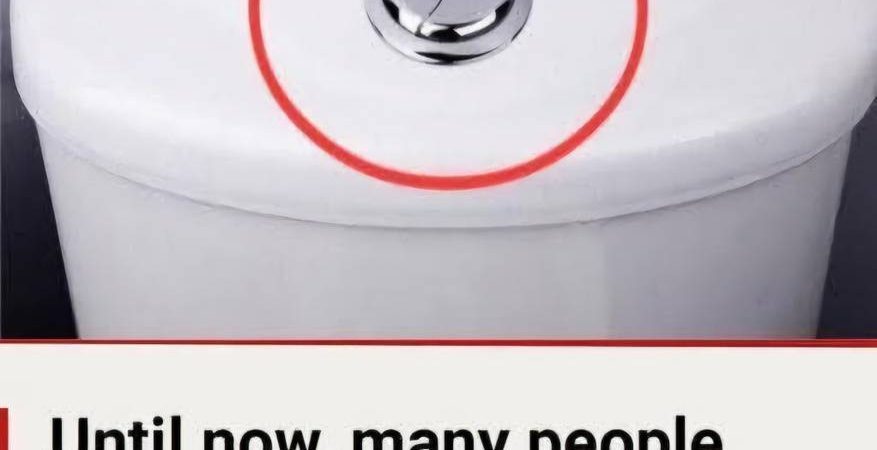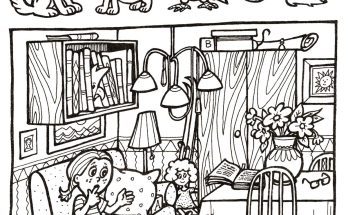Dual-flush toilets are everywhere these days, but many people still don’t know exactly how they work or why they’re so important. These two-button systems aren’t just for flushing—they’re designed to save water and reduce waste. Here’s what you need to know.
What Are Dual-Flush Toilets?
Dual-flush toilets feature two buttons: one small, one large. Each button controls a different flush: the larger button uses 6 to 9 liters of water for solid waste, while the smaller button uses just 3 to 4.5 liters for liquid waste. Simple, right?
Small Change, Big Impact
By using the right button for the job, you can conserve water with every flush. Though it may seem like a minor switch, it makes a huge difference in both water savings and your water bill.
The Origins
The dual-flush concept was introduced by American designer Victor Papanek in 1976 and implemented in Australia in 1980 due to the country’s water conservation efforts amid frequent droughts.
How Much Water Can You Save?
A household with dual-flush toilets can save up to 20,000 liters of water per year compared to traditional toilets. That’s a lot of water—and money—saved, especially in areas facing water shortages.



